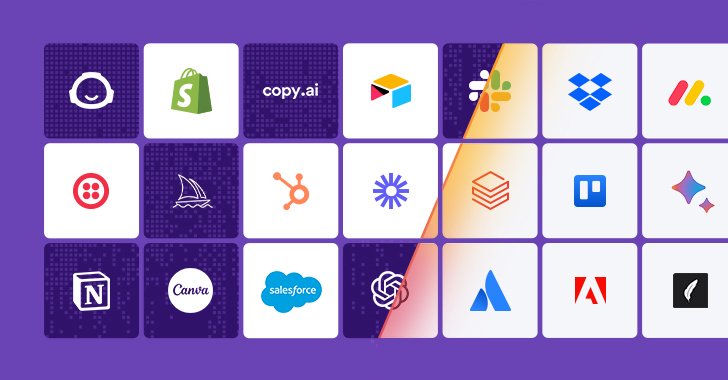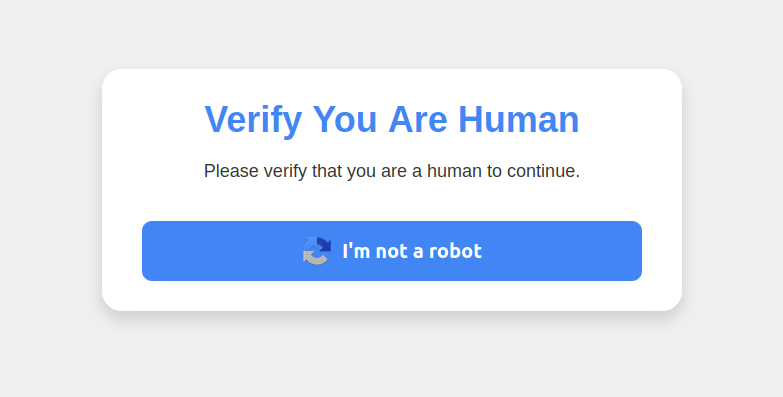While some SaaS threats are clear and visible, others are hidden in plain sight, both posing significant risks to your organization. Wing’s research indicates that an astounding 99.7% of organizations utilize applications embedded with AI functionalities. These AI-driven tools are indispensable, providing seamless experiences from collaboration and communication to work management and decision-making. However, beneath these conveniences lies a largely unrecognized risk: the potential for AI capabilities in these SaaS tools to compromise sensitive business data and intellectual property (IP).
Wing’s recent findings reveal a surprising statistic: 70% of the top 10 most commonly used AI applications may use your data for training their models. This practice can go beyond mere data learning and storage. It can involve retraining on your data, having human reviewers analyze it, and even sharing it with third parties.
Often, these threats are buried deep in the fine print of Terms & Conditions agreements and privacy policies, which outline data access and complex opt-out processes. This stealthy approach introduces new risks, leaving security teams struggling to maintain control. This article delves into these risks, provides real-world examples, and offers best practices for safeguarding your organization through effective SaaS security measures.
Four Risks of AI Training on Your Data
When AI applications use your data for training, several significant risks emerge, potentially affecting your organization’s privacy, security, and compliance:
1. Intellectual Property (IP) and Data Leakage
One of the most critical concerns is the potential exposure of your intellectual property (IP) and sensitive data through AI models. When your business data is used to train AI, it can inadvertently reveal proprietary information. This could include sensitive business strategies, trade secrets, and confidential communications, leading to significant vulnerabilities.
2. Data Utilization and Misalignment of Interests
AI applications often use your data to improve their capabilities, which can lead to a misalignment of interests. For instance, Wing’s research has shown that a popular CRM application utilizes data from its system—including contact details, interaction histories, and customer notes—to train its AI models. This data is used to enhance product features and develop new functionalities. However, it could also mean that your competitors, who use the same platform, may benefit from insights derived from your data.
3. Third-Party Sharing
Another significant risk involves the sharing of your data with third parties. Data collected for AI training may be accessible to third-party data processors. These collaborations aim to improve AI performance and drive software innovation, but they also raise concerns about data security. Third-party vendors might lack robust data protection measures, increasing the risk of breaches and unauthorized data usage.
4. Compliance Concerns
Varying regulations across the world impose stringent rules on data usage, storage, and sharing. Ensuring compliance becomes more complex when AI applications train on your data. Non-compliance can lead to hefty fines, legal actions, and reputational damage. Navigating these regulations requires significant effort and expertise, further complicating data management.
What Data Are They Actually Training?
Understanding the data used for training AI models in SaaS applications is essential for assessing potential risks and implementing robust data protection measures. However, a lack of consistency and transparency among these applications poses challenges for Chief Information Security Officers (CISOs) and their security teams in identifying the specific data being utilized for AI training. This opacity raises concerns about the inadvertent exposure of sensitive information and intellectual property.
Navigating Data Opt-Out Challenges in AI-Powered Platforms
Across SaaS applications, information about opting out of data usage is often scattered and inconsistent. Some mention opt-out options in terms of service, others in privacy policies, and some require emailing the company to opt out. This inconsistency and lack of transparency complicate the task for security professionals, highlighting the need for a streamlined approach to control data usage.
For example, one image generation application allows users to opt out of data training by selecting private image generation options, available with paid plans. Another offers opt-out options, although it may impact model performance. Some applications allow individual users to adjust settings to prevent their data from being used for training.
The variability in opt-out mechanisms underscores the need for security teams to understand and manage data usage policies across different companies. A centralized SaaS Security Posture Management (SSPM) solution can help by providing alerts and guidance on available opt-out options for each platform, streamlining the process, and ensuring compliance with data management policies and regulations.
Ultimately, understanding how AI uses your data is crucial for managing risks and ensuring compliance. Knowing how to opt out of data usage is equally important to maintain control over your privacy and security. However, the lack of standardized approaches across AI platforms makes these tasks challenging. By prioritizing visibility, compliance, and accessible opt-out options, organizations can better protect their data from AI training models. Leveraging a centralized and automated SSPM solution like Wing empowers users to navigate AI data challenges with confidence and control, ensuring that their sensitive information and intellectual property remain secure.







